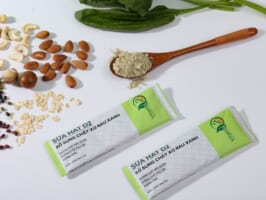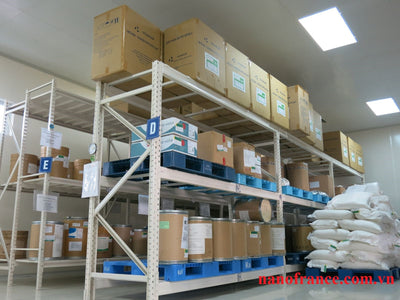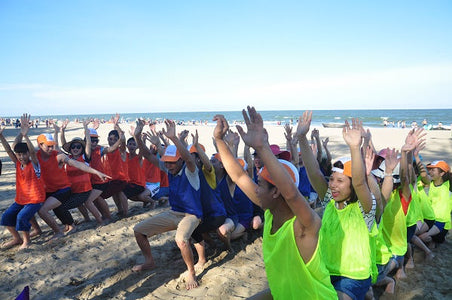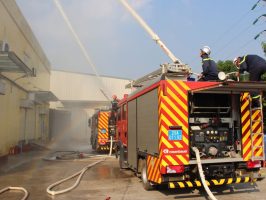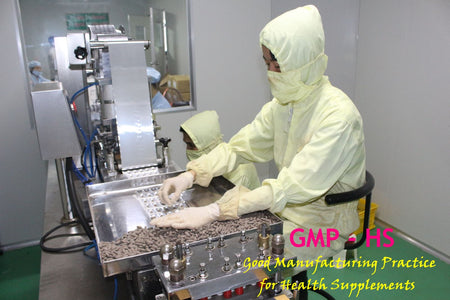Atypical pneumonia
Pneumonia affects 150 to 156 million children under the age of 5 each year. One of the most common types of pneumonia is walking pneumonia. This is a very mild form of pneumonia that affects children and adults. Pneumonia symptoms are usually less severe than those of other types of pneumonia.
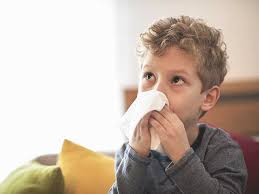
Symptom
- Symptoms of atypical pneumonia are similar to those of the common cold. Children tend to recover more quickly than adults, and they may not have a fever and may eat, sleep, and function normally.
- Some of the main symptoms of atypical pneumonia include:
- Cough lasting more than seven days
- Mild fever (temperature 101°F)
- Headache
- Chills or body aches
- Reduced appetite
- Chest or rib pain
- Shortness of breath in severe cases
- Wheezing, more common in severe viral infections
Reason
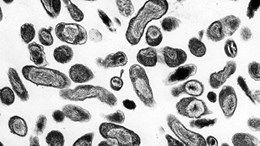
Atypical pneumonia is usually caused by infection with the bacterium Mycoplasma pneumoniae. M. pneumoniae infection is less common in children under 4 years of age. Some cases of atypical pneumonia may also be caused by a respiratory virus, such as respiratory syncytial virus (RSV).
Mycoplasma pneumonia outbreaks occur in the winter and are often spread in crowded places, such as households, schools, and workplaces. Chlamydophila pneumonia occurs year-round, although it accounts for only 5-15% of all pneumonia cases.
Diagnose
- Clinical
- Young Adult
- Fever
- Dry cough followed by phlegm cough
- Rapid breathing (by age)
- Pathological rales: no rales (older children), moist rales, bronchial (young children, late). B-lactam treatment => no response
Paraclinical
- Chest X-ray: interstitial pneumonia, focal pneumonia, pleural effusion
- Blood count: normal or slightly increased white blood cells, increased CRP, PCR Mycoplasma pneumoniae or Chlamydia pneumoniae or Legionella pneumoniae nasopharyngeal fluid, endotracheal fluid or pleural fluid (+)
Treatment principles
- Clear airway
- Fever reducer
- Adequate fluid compensation
- Oxygen therapy if respiratory failure occurs
- Antibiotic therapy
Antibiotic therapy
- Pneumonia without respiratory failure
Azithromycin (10 mg/kg on day 1, followed by 5 mg/kg/day, once daily on days 2-7-orally)
Alternative: 10-14 days
Clarithromycin (15 mg/kg/day divided twice daily)
Or oral Erythromycin (40 mg/kg/day divided into 4 times)
Or Doxycycline (2-4 mg/kg/day divided into 2 times for children > 7 years old
Either levofloxacin (500 mg once daily) or moxifloxacin (400 mg once daily) – taken by mouth for children over 15 years of age
Macrolide allergy: replace levofloxacin, moxifloxacin
- Pneumonia with respiratory failure:
Azithromycin: IV (10 mg/kg on days 1 and 2 of treatment, switch to oral if possible)
Alternative: 10-14 days
Intravenous erythromycin lactobionate 20 mg/kg/day every 6 hours
Or intravenous levofloxacin
- 6 months – 5 years old: 16-20 mg/kg/day divided into 2 times,
- 5-16T: 8-10 mg/kg/day-once, maximum daily dose 750 mg
Treatment time:
5 to 10 days (Azithromycin)
From 10 to 14 days with drugs Quinolone, Doxycycline, Erythromycin,
From 14-21 days for patients with immunodeficiency, severe illness, pneumonia caused by L.pneumophila.

